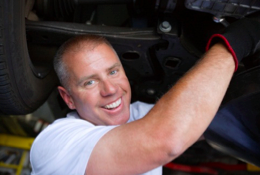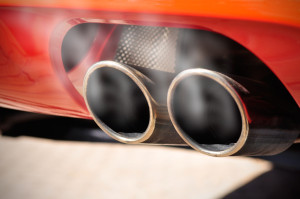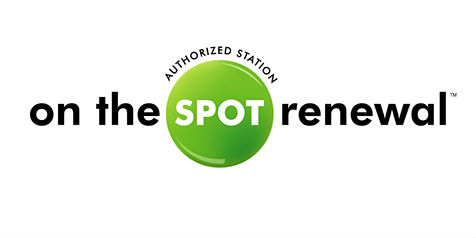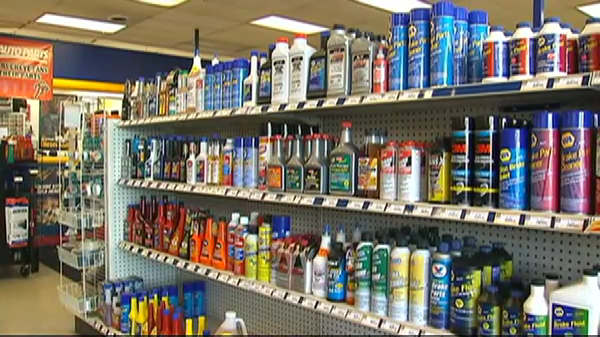Tips For Getting Your Vehicle Ready For Summer
Summer is the best time to get your car on the road and enjoy some driving. Maybe you’re going to take a long road trip to your summer vacation destination. Perhaps you’re going to drive to the beach to spend your Saturday in the sun and surf. Or, maybe you just want to hit the open road for a while with the top down and your favorite tunes blasting. No matter what your plans are this summer, your car probably figures into them. That’s why it’s essential to make sure your car or truck is ready for summer. The warm weather and sun are great, but they can put a lot of stress on your vehicle’s vital systems and parts. Before summer is in full swing, here are some important tips for getting your vehicle ready.
Make Sure Your Air Conditioning Works
There’s nothing worse than suffering in a hot car during the summer. Before the weather gets too hot, take your car to your mechanic and have the air-conditioning system inspected — including making sure that there’s enough coolant to last you through the season.
Check Your Tires for Wear and Tear
The heat of the road during the summer can be murder on your tires. That’s why it’s a good idea to inspect them before temperatures rise — to ensure they’re in good condition. In addition to checking the tread levels, make sure your tires don’t have any unusual bulges, bumps or cracks in them. Always make sure your tires are properly inflated and have them rotated before starting a long road trip.
Consider Tinting Your Windows
The sun is what makes summer enjoyable, but it also can make your car uncomfortably hot and difficult to drive. By applying window film to the interior of your car, you can reduce the amount of UV rays you’re exposed to when driving. It also reduces the glare you might encounter while driving into the sun — helping to keep your car’s interior cooler during the day.
Upgrade Your Alarm System
The warmer weather brings people out of their homes to enjoy the outdoors. Unfortunately, that includes thieves. Before summer starts, make sure your vehicle’s alarm system is in proper working condition. The last thing you want is to return to your car after a day of summer fun to discover that someone’s broken into it.
Top Off All Your Fluids
It’s easy to get thirsty in the summer heat, and your car or truck is no exception.
Before summer starts, always make sure that all of your car’s fluids are in good supply — especially coolant. Otherwise, you might be spending part of your summer standing next to your overheated car on the highway waiting for help to arrive.
Look Into a New Sound System
If you’re the type of person who can’t go anywhere without some tunes, you probably want your car’s stereo system to be at its best. Summer is the time to have the best sound system, so you might want to consider an upgrade that features the latest technology, such as Bluetooth connectivity.
Make Sure Your Battery Is Ready
Your car’s battery does a lot of work in the summer, so make sure it’s in good shape before the season starts. Your mechanic can test it to confirm it has enough juice to do everything your car needs it to do in the summer months.
Summertime means fun in the sun. Yet there’s nothing less fun than your car breaking down when you need it to be at its best. Take the time to properly care for your vehicle before summer kicks into high gear, and you can avoid turning the warm weather into a hot mess.
Author bio: Rachel Min serves as Director of Marketing at Rayno Window Film. Since Rayno’s beginning, Min has been playing a leading role in promoting Rayno’s brand, products, services and benefits of window films.

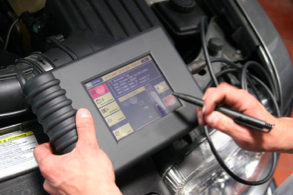 Computers are working their way into everything around us, including our cars. While this makes life a bit more complicated, it can also work to save you a lot of money when it comes to fixing your car. By picking up a cheap OBD-II scanner, you can diagnose, research, and repair many common car issues without spending a lot of money or visiting a mechanic.
Computers are working their way into everything around us, including our cars. While this makes life a bit more complicated, it can also work to save you a lot of money when it comes to fixing your car. By picking up a cheap OBD-II scanner, you can diagnose, research, and repair many common car issues without spending a lot of money or visiting a mechanic.